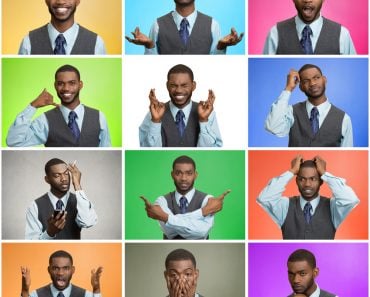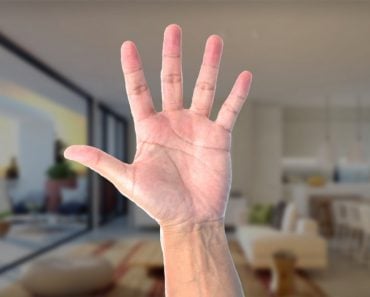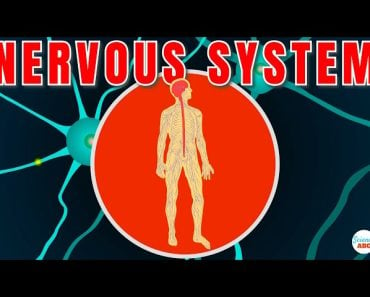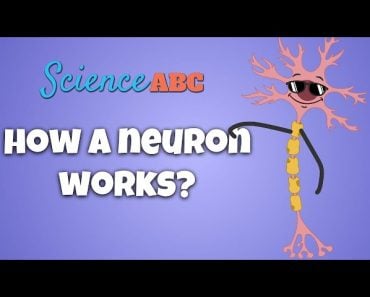Table of Contents (click to expand)
Research performed over the last 10 years has shown that we overestimate how wide our hands are and underestimate our finger length.
The back of our hands are such familiar territory that English even has an idiom for it. We say, “I know this like the back of my hand”, when we want to state our familiarity with something. However, neuroscientists would refute this self-assured claim, pointing to new research showing that we don’t really know the back of our hands as well as we think!
Researchers from York University found that participants frequently incorrectly identified the back of their own hands. They showed the participants pictures of their hands, both of the palm and of the back or dorsal side of the hand, in different positions. The pictures were either the original picture of the participant’s hand or a distorted image of their hand. They then asked the participants to identify which picture looked most like their own hand.

Participants often reported one of the distorted pictures as the true image of their hand. In fact, participants incorrectly estimated the back of their hand more often than their palms.
This is curious, since visually, we’re more exposed to how the backs of our hands appear. Even as I type this article, I can see the back of my hands clearly. I notice how my knuckles bend as I type in each key, as well as the paler, dry and barren skin around my cuticles.
Why then, did these participants more accurately estimate the size of their palm than the back of their hands?
The answer to this lies inside a particular region of our brain.
Recommended Video for you:
The Somatosensory Cortex – How The Brain Perceives The Body?
Inside all of us lies a small creature—a homunculus. This creature has a tiny body with enormous feet and hands, a humongous head with lips that look like they can eat a whole human in one go, and is nothing but how our brains perceive our bodies based on our senses.
The somatosensory cortex is responsible for this body image of ourselves. It is located in the parietal lobe of the brain, just behind the central gyrus, a prominent groove in the brain that separates the frontal lobe from the parietal lobe. It is located in a strip just behind the central gyrus.

The somatosensory cortex contains what neuroscientists call somatotopic maps. These maps are neural representations of our forelimbs, along with the trunk, face, legs and feet that are assimilated within the region.
These maps allow the brain to identify where a sensory input is coming from.
Those areas that are highly sensitive have a larger representation in this region of the brain. Our hands, especially the tips of our fingers, are extremely sensitive, with far more sensory neurons innervating the skin; therefore, the homunculus version of ourselves has large hands.
In neuroscience terms, this means that more neurons are dedicated to decoding input from the tips of our fingers than from our knuckles.
Besides pinpointing senses, it also allows the body to appropriately respond, using just the right amount of force in exactly the right orientation. Scientists study how our mental representation of our body and its proportions affect how we interact with the world around us.
Humans Can’t Accurately Recognize The Backs Of Their Hands
In 2010, researchers at University College London first brought this “back hand ignorance” to light. In their work, they asked participants to locate landmarks of a hand while it was occluded from their vision.
Along with image-matching tests, this showed that participants reported their fingers shorter than they actually were, with the little finger faring the worst. When it came to the width, participants thought their hands were wider than they actually were. In summary, the participants—just as you or I would—had a mental picture of their hands that were stouter versions of reality.
In both studies, sensitive parts, such as palm and the thumb, were identified more accurately, possibly due to their large representation within the somatosensory cortex.
Why Is It Important?
The question I’m sure you’re asking is—why does it matter that I don’t know what the back of my hand looks like?
For centuries, scientists have looked at how we perceived ourselves. We understand the somatosensory cortex and how it relates to our sensory body image fairly well. However, there is a gap in how we consciously perceive and remember our own bodies, the emotional connotations attached to those perceptions and how such constructs are assembled in the brain.
Our somatosensory map isn’t something we can control and alter. It is a fixed map of the sensory landscape of the body. However, our conscious body image of ourselves is arguably mutable and dependent on external factors, such as our mood, whether we were complimented on our appearance or perhaps a recent change, such as in weight. This is somato-perception, as researchers Mathew Longo and colleagues term it.
Detecting a phantom limb—the phenomenon where an amputated patient feels that their amputated limb is still present—shows us how complex these neural circuits can be. Mental disorders, such as eating disorders, can arise from a sense of distorted body image.
There are many different ways that this perception can affect our lives, behavior, confidence and health. Understanding that our brains don’t always allow us to accurately perceive reality is an important step towards taking control of your self-image!
References (click to expand)
- D’Amour, S., & Harris, L. R. (2020, March 23). The perceived size of the implicit representation of the dorsum and palm of the hand. (G. Buckingham, Ed.), Plos One. Public Library of Science (PLoS).
- Longo, M. R., & Haggard, P. (2010, June 14). An implicit body representation underlying human position sense. Proceedings of the National Academy of Sciences. Proceedings of the National Academy of Sciences.
- Longo, M. R., Azañón, E., & Haggard, P. (2010, February). More than skin deep: Body representation beyond primary somatosensory cortex. Neuropsychologia. Elsevier BV.













